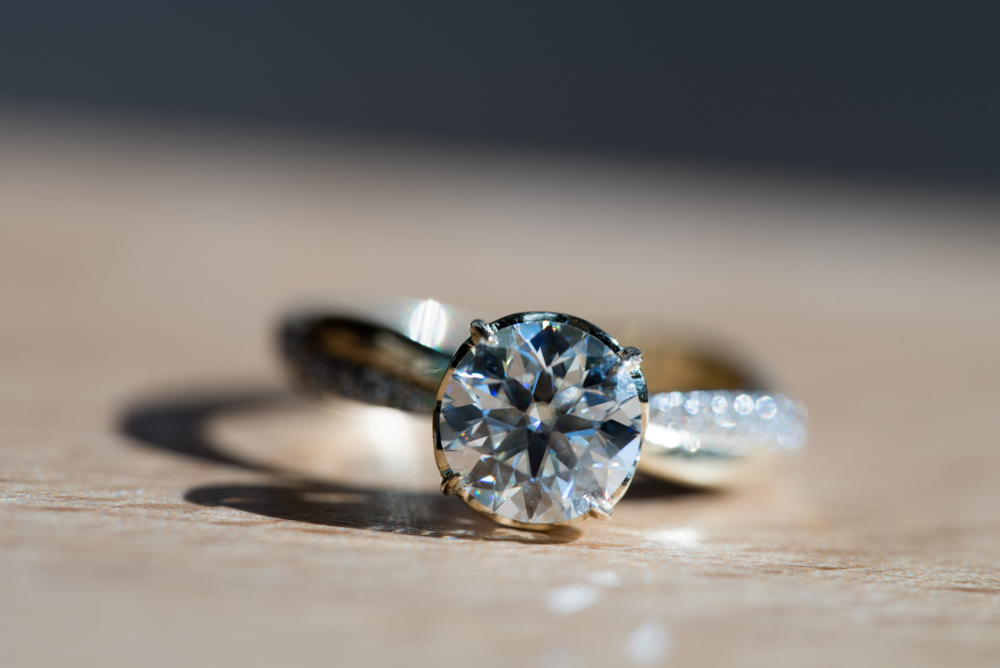
Technology and the production of high-quality lab-grown diamonds have significantly advanced over the previous five years, claims diamond consultant Paul Zimnisky. Zimnisky, who hails from New York, is an expert in the diamond market. Due to the substantial price difference between synthetic diamonds and mined diamonds, according to Zimnisky, they have gained a larger consumer base.
Approximately 3 million carats of lab-created diamonds are expected to be produced for jewelry this year, according to Zimnisky, up from a few hundred to a thousand carats annually in 2017. A medium-to-high one-digit percentage of the world’s total diamond market is estimated to be represented by the aforementioned.
The number of suppliers and retailers for novelty diamonds, as well as diamonds used in industry sectors and as so-called carbon-neutral stones, has increased.
Because lab-created diamonds are significantly more expensive than naturally-occurring diamonds, according to Zimnisky, more consumers are opting for them instead of naturally-occurring ones. A 2.15-carat lab-created diamond with higher than average quality may be purchased for less money than one carat mined diamond of equal quality, the speaker continued, citing a price survey.
According to Zimnisky, during the past few years, the price difference between mined diamonds and generic diamonds created in a lab has progressively increased. It has occasionally increased from 10 to 15% to up to 75% or more, which is an increase from a few years ago.

If a diamond is created in a lab vs one that is extracted from the earth and is of comparable quality and size, the price difference might be thought of as a bargain. Companies that sell lab-grown diamonds will probably use branding and unconventional marketing techniques. In light of the potential that cheaper jewelry would compete with more expensive mined diamond jewelry for less money, marketing for diamonds may pay attention to this market segment.
Diamonds are being used in a variety of novel and developing products, including energy-storing semiconductors, high-tech thermal management apparatus, and medical equipment. For a very long time, such uses are probably going to be the key growth factors for laboratory diamonds.
Zimnisky asserts that the market for the aforementioned uses is larger than the market for jewelry and that consumers are more likely to be unconcerned with whether a stone is man-made or natural.
In the coming years, the lab-created diamond market, according to Zimnisky, might increase by $4 billion. Along with fashion jewelry trends, high-tech uses, and non-jewelry applications, he anticipates that the market will experience significant growth.
